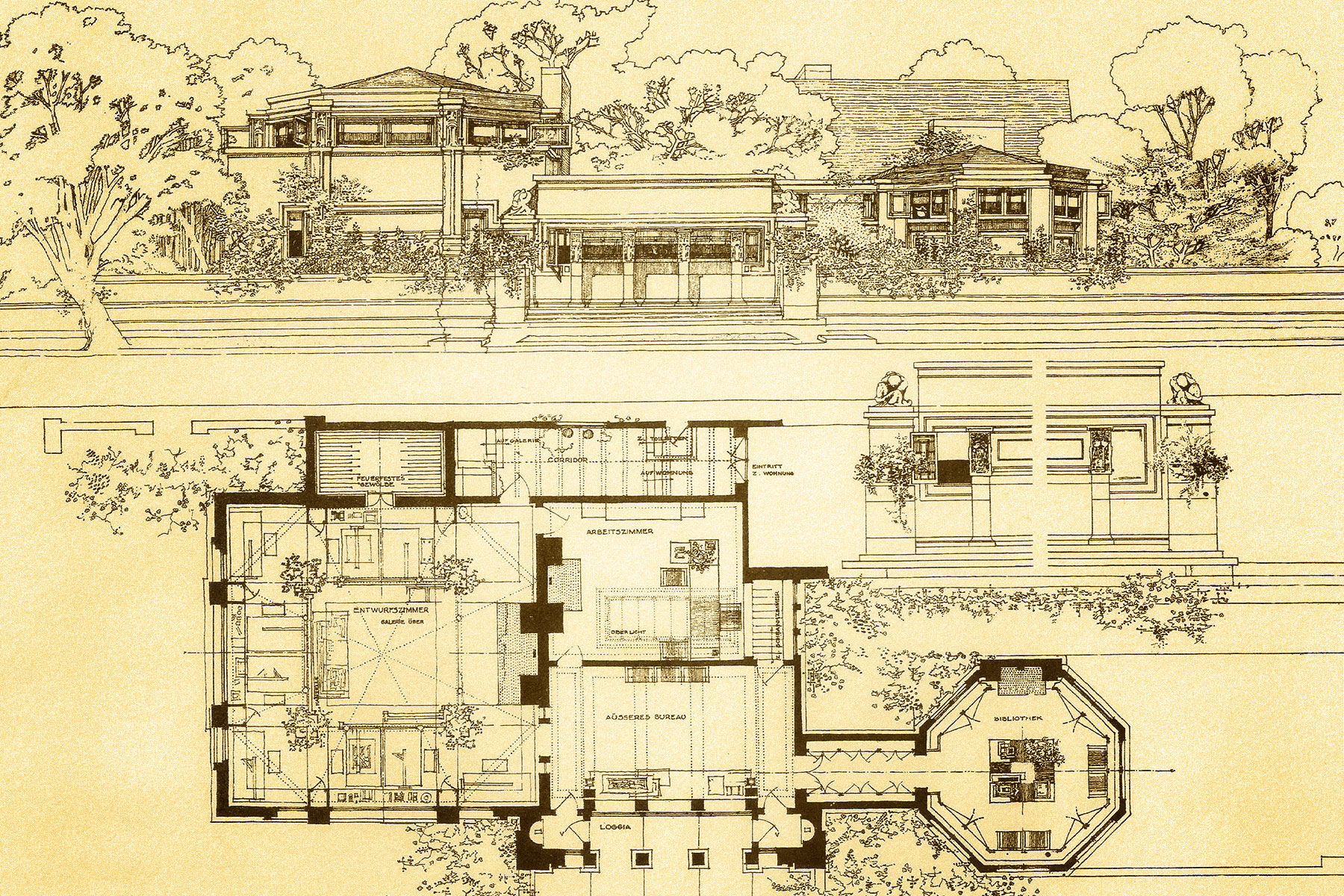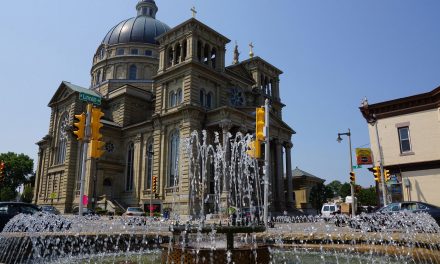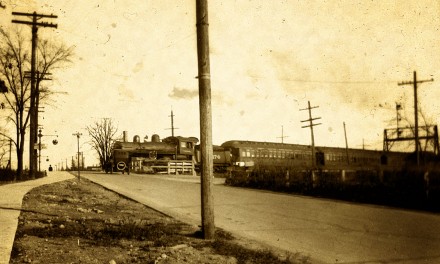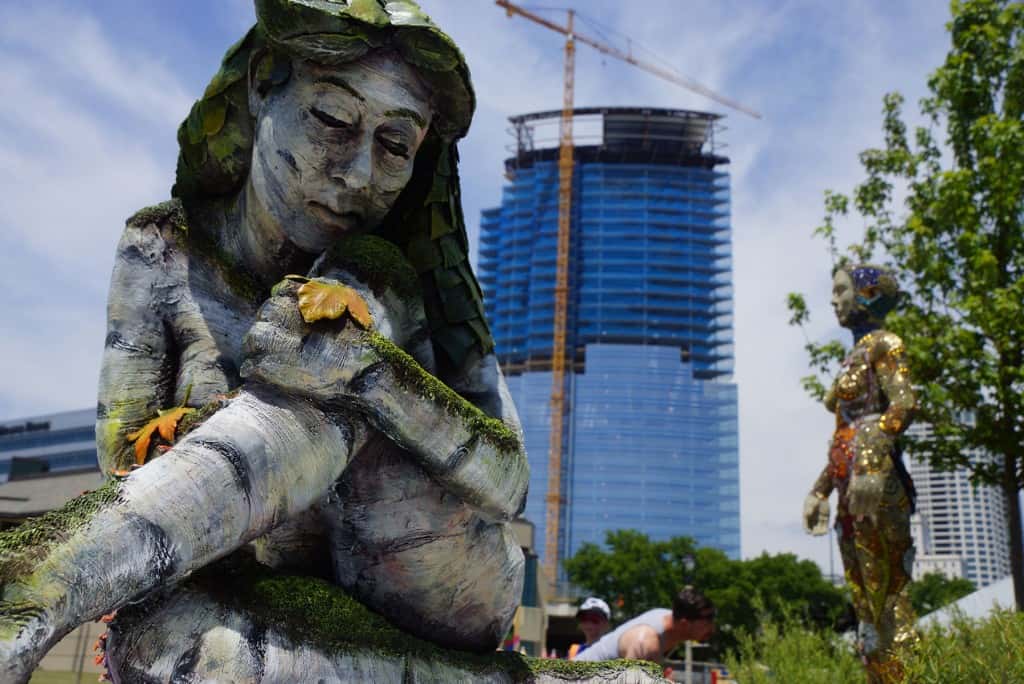
The Milwaukee Art Museum joins prominent institutions across the country in celebrating the 150th anniversary of Frank Lloyd Wright’s birthday this summer.
Frank Lloyd Wright: Buildings for the Prairie is on view July 28–October 15 and presents a selection of the renowned architect’s designs from the Wasmuth Portfolio alongside related pieces of his furniture, metal work and stained glass.
The Wasmuth Portfolio is considered the most significant collection of Wright’s early work, showcasing the breadth and beauty of his output. The exhibition will be on view in the Museum’s Bradley Family Gallery.
“We are honored to celebrate this American icon from Wisconsin,” said Brandon Ruud, Abert family curator of American art at the Milwaukee Art Museum. “The portfolio emerged at a critical moment for Wright, at a time when he was at a professional crossroads. It lends unique insight into his early development and the evolution of the Prairie School of architecture.”
Widely recognized as one of the most prolific and well-known architects of the 20th century, Wright frequently published his architectural designs and theories in magazines and journals; the Wasmuth Portfolio is among the first of these complex, large-scale efforts. In the introduction to the collection, Wright described his inspiration for these “buildings for the prairie,” as the “gently rolling or level prairies of the Middle West.”
The portfolio introduced the architect’s work to his European contemporaries and is largely credited with profoundly influencing the direction of 20th-century architecture. A digital component to the exhibition will allow visitors to explore in greater depth the illustrations and text of the Wasmuth Portfolio.
The exhibition also includes examples of furniture, metalwork and stained-glass from some of the master’s most early and iconic residential designs, including the Avery Coonley House, the Darwin D. Martin House, and his own Oak Park, Illinois home and studio.
Many on loan from the Frank Lloyd Wright Foundation, these decorative arts complement drawings and studies from the Museum’s exceptional Wright and George Mann Niedecken Archives, also on view in the exhibition.
© Art
Wasmuth Portfolio













